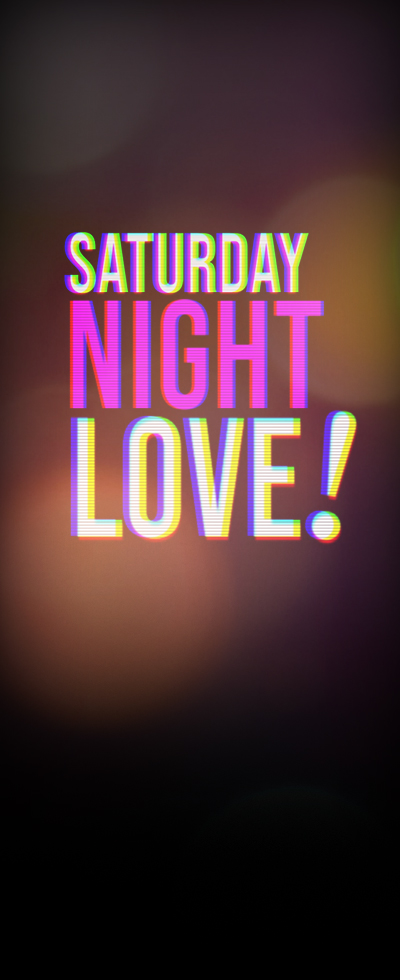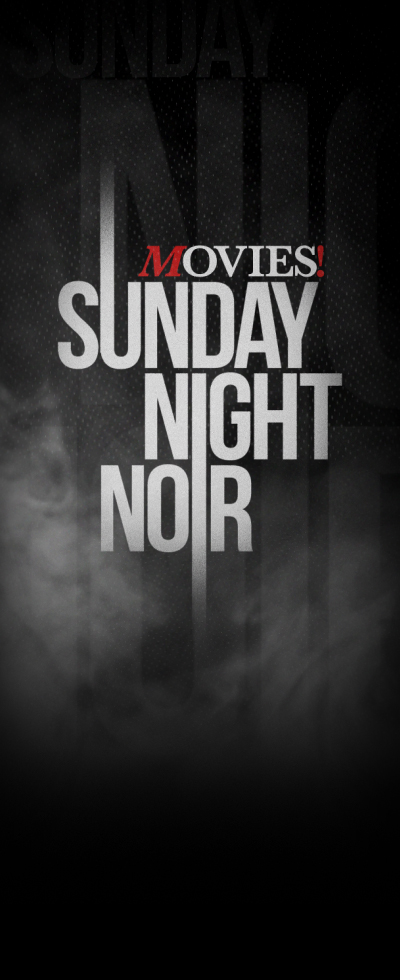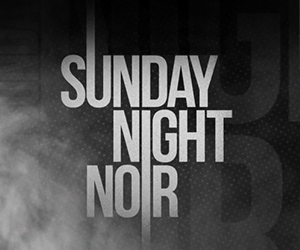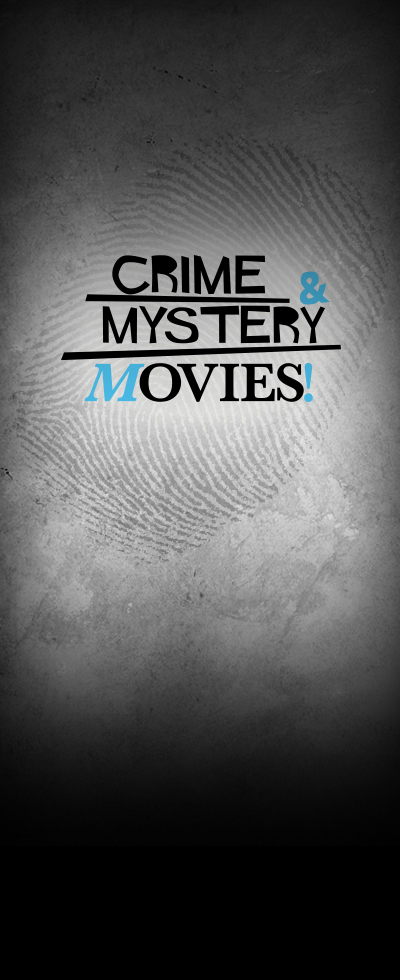For showtimes, click here.
A Raisin in the Sun debuted on the stage in 1959 to rave reviews. While it was a struggle to get the play off the ground due to some producers’ lack of confidence, the result was powerful and gripping.
In 1960, the play moved to a new theater where cast members Sidney Poiter, Ruby Dee, Claudia McNeil, and Diana Sands took the lead roles before reprising them later for the film adaption.
“The entire thing was an experience rather than a performance,” Sidney Poitier said.
1. The playwright stood by her script.

Lorraine Hansberry was hesitant about a film adaption of her work. After all, the play was based on her own experiences growing up in Chicago, and she had already had to fight for the integrity of the piece when theater producers wanted the play to be “sexier”. However, Hansberry saw the potential for reaching a wider audience with the film and agreed to an adaption on the condition that she could write the screenplay.
2. It was Sidney Poitier or bust.

Producer David Susskind believed that the film needed the star power of Sidney Poitier. At this time, Poitier had starred in Porgy and Bess and The Defiant Ones, for which he was nominated for an Academy Award, becoming the first African American to do so in the Best Actor category. Interestingly, Harry Belafonte was also interested in the role and sought to buy the rights to the play.
3. Scenes were added, then cut.

Since Hansberry was writing the screenplay, she worked to “open up” the play for film audiences. She added scenes for Mrs. Younger and Walter Lee’s characters to show more of the working-class environment – such as her resigning from her job and buying highly priced groceries and him being discouraged from starting his own business. These additions were cut, however, by the studio.
4. The cast dealt with racism too.

While the script was dealing with issues of race, the cast was too. The University of Chicago refused to let the film use their name. It was hard for the actors to find housing while filming in Los Angeles because hotels turned them away. When they shot the suburban scenes, a white woman who allowed them to film by her home was harassed by her neighbors for giving permission. Poitier said, “We live every day, so we’re not hocked to find actual circumstances coinciding with the script.”
















